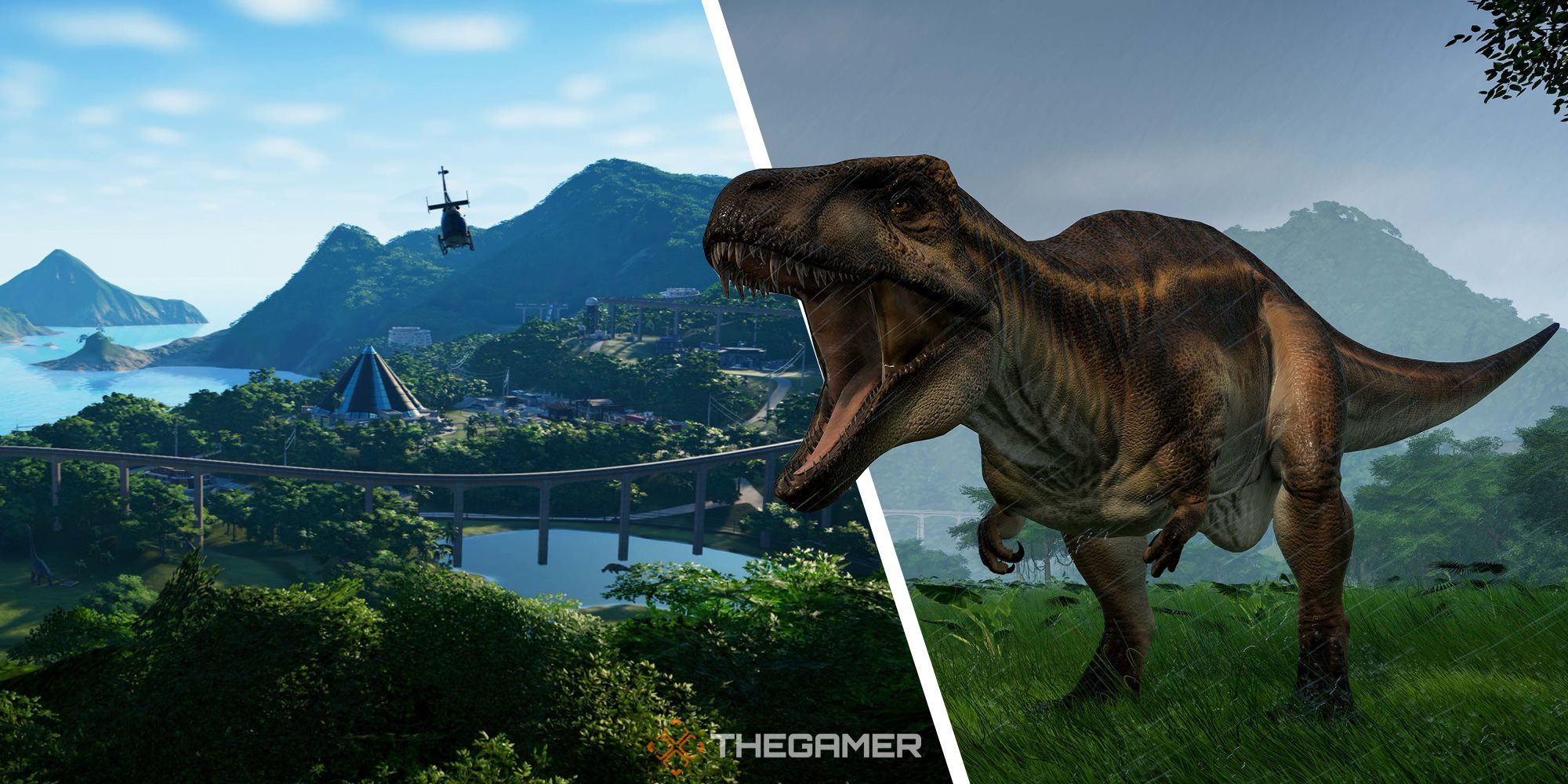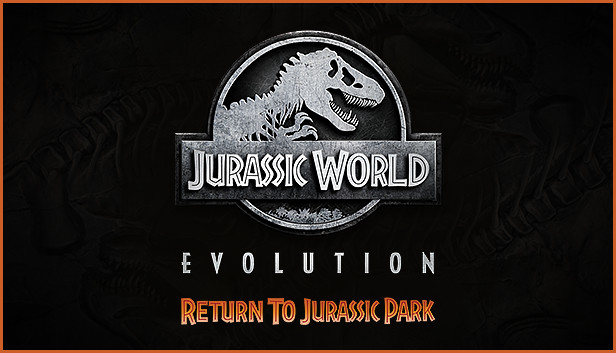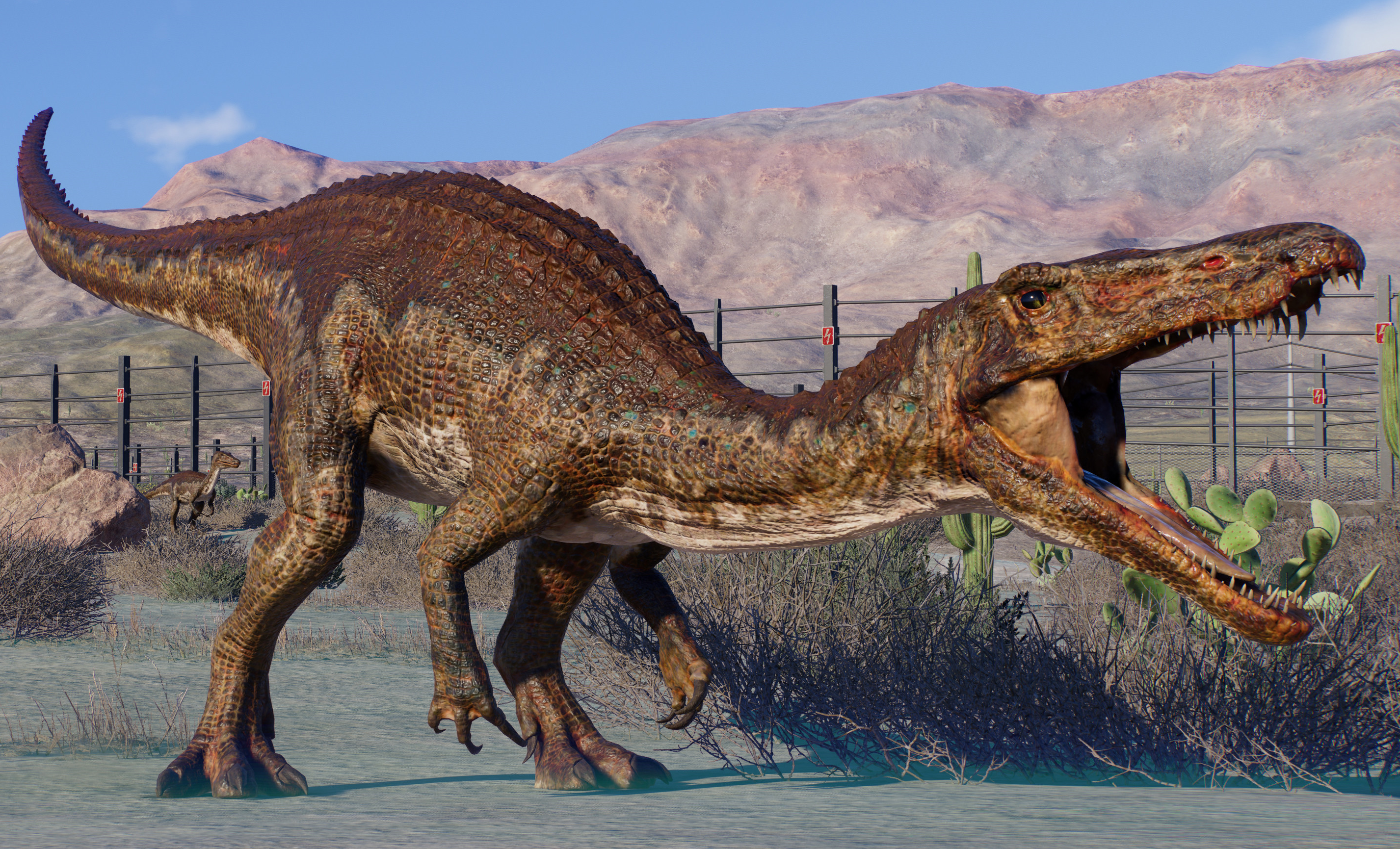
Each mission in the campaign is very much a paint-by-numbers affair: follow the instructions given to you until eventually you are allowed some freedom. Without the hubbub of customers and bright lights of attractions, your complexes can quickly start to look like a dinosaur-exclusive solitary confinement facility. The opening mission takes place in the deserts of Arizona. The downside to the lack of prehistoric exploitation is that everything feels a little too quiet. You will work to save people from wild roaming dinosaurs and protect the dinosaurs from unnecessary harm. Arriving on-site via helicopter and raining ketamine darts from the sky is no longer a logistical response you’re running a rescue operation, not operating an egotist’s zoo. Instead, you respond to alerts as if you were a member of the RSPCA (albeit, with much better funding). You no longer fill the role of a megacorporation’s profit-making mad scientist. This more reactionary motivation is a nice change of pace – building an enclosure for a reason other than profit is a nice spin on the genre, and it means the only way to introduce new dinos to your sanctuary is to capture them from the wild.
#How to sell a dinosaur in jurassic world evolution pc free
But this time you aren’t just breeding and researching new dinosaurs to give your park a fabulous new attraction, no – Jurassic World Evolution 2’s campaign focuses on the rescue and containment of dinosaurs that broke free during the last attempt at fortune. There is only one obvious solution to this problem: put a little fence around it. The first has a simple premise ‘Ah f**k, the dinosaurs are eating people again’. There are two campaigns available to play through in Jurassic World Evolution 2.

Once your park is fully funded and the money is flowing you are free to splurge on some of the game’s high dollars items. The impact of the events mid to late game seem trivial once the money starts rolling in. These events provide a fun bit of chaos in the early game but, as the game wears on the events go from chaotic fun to tedious clean up. Rampaging dinosaurs, tropical storms and internal sabotage are just a few of the destructive events that you can expect to impact your park.

No matter how solid your plans you can expect that disaster will strike. Learning the differences between each species is an important part of the game and will help you effectively implement your strategy. They each have their own set of preferences and needs. Dinosaurs look and behave as you would expect. The game dinosaur management is a bit more realistic than its divisional management layer.

Players rarely feel overwhelmed but, also are never lacking new activities to involve themselves in. The developers got the pacing of the game just right. Initially, I thought that not having the ability to speed up or slow down time would cause the game to drag but, there was never a shortage of things to do. This forces the player into a ridiculous balancing act that detracts from his feeling of progress. So much for inter-departmental cooperation. Each contract not only rewards players but, completing a contract for one division will lower your reputation with the other two.

There is a bit irrational complexity tied to the contract system. It seems a bit counter intuitive that the player is essentially paid and rewarded by internal entities but, none the less completion of these contracts will unlock new buildings and will also give players access to story based missions from each division.


 0 kommentar(er)
0 kommentar(er)
